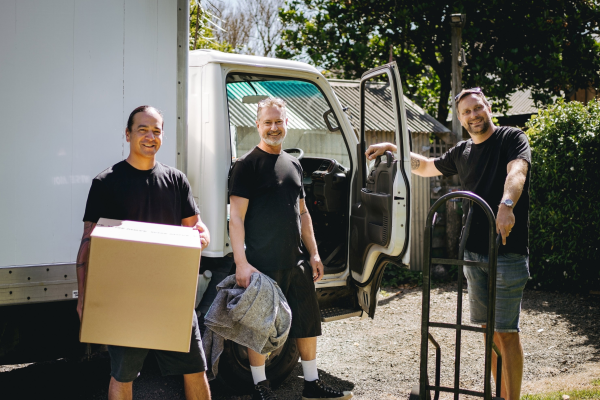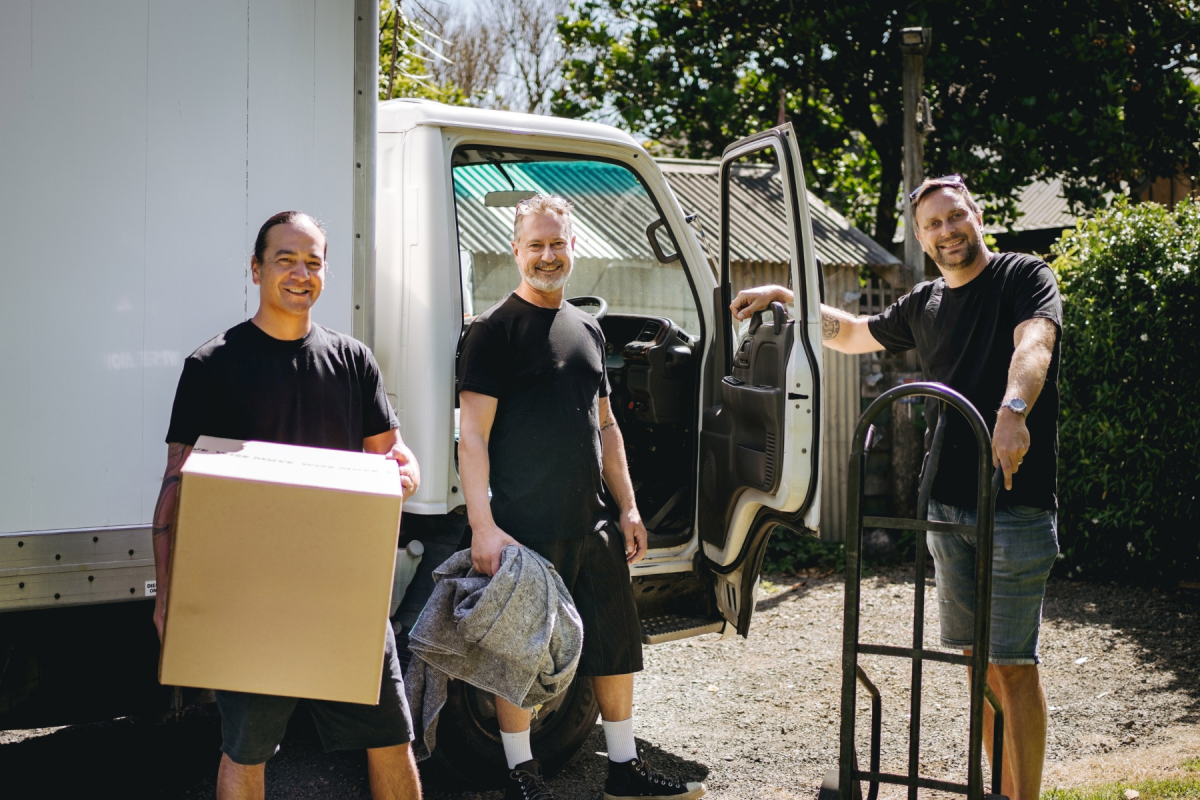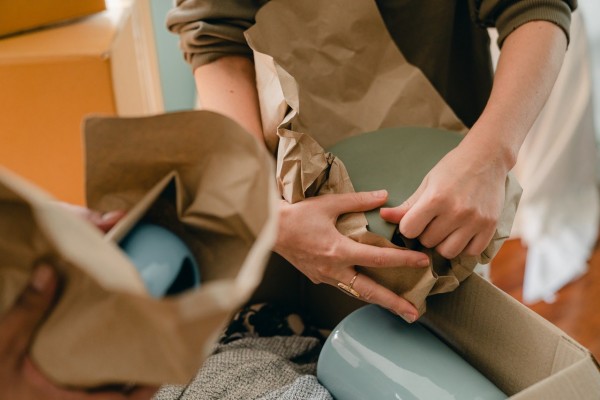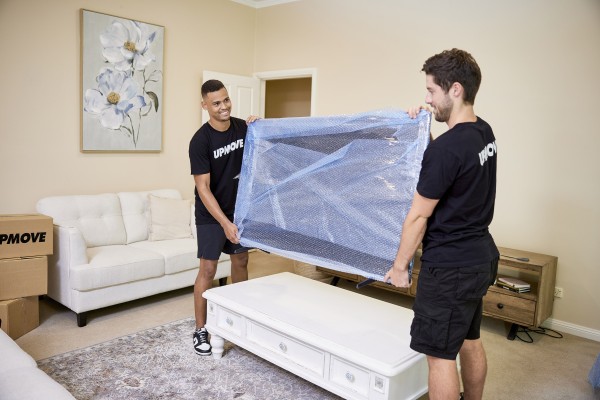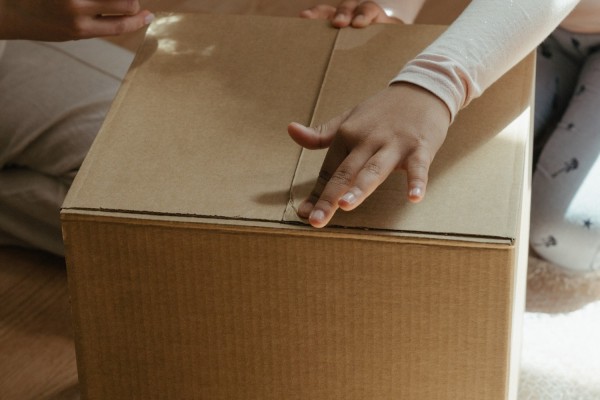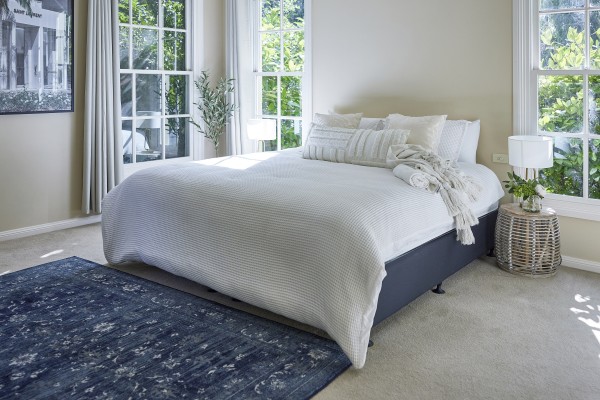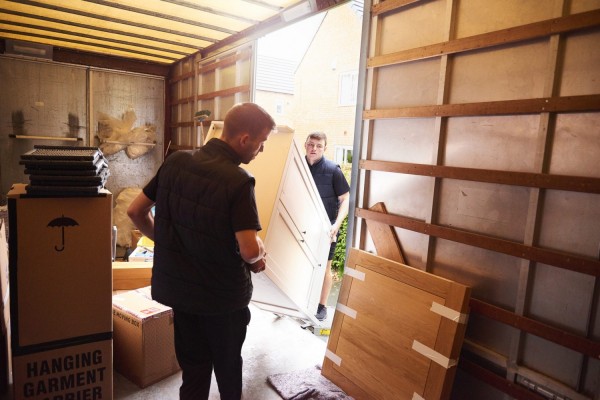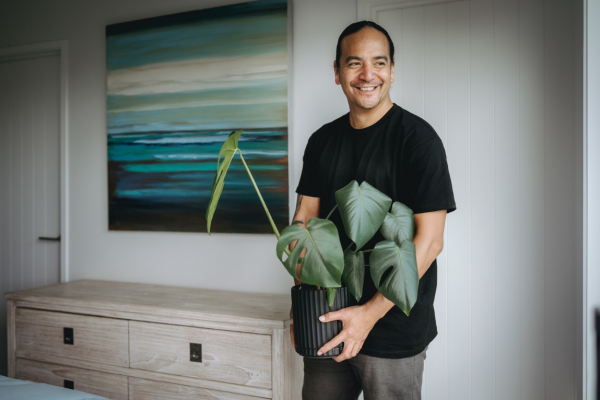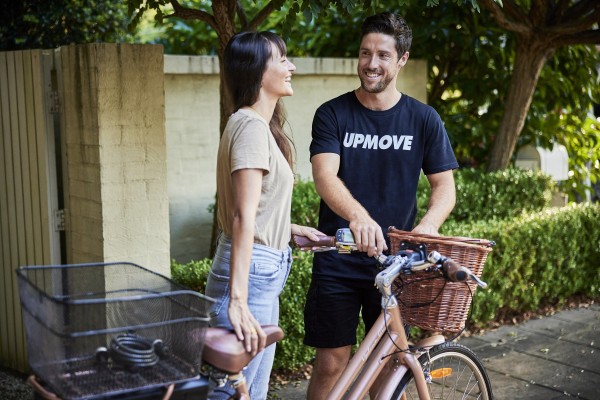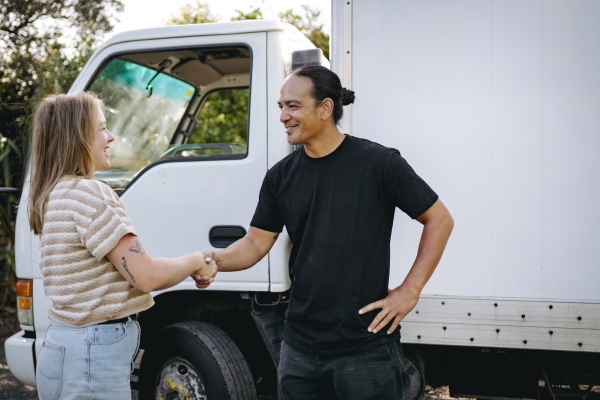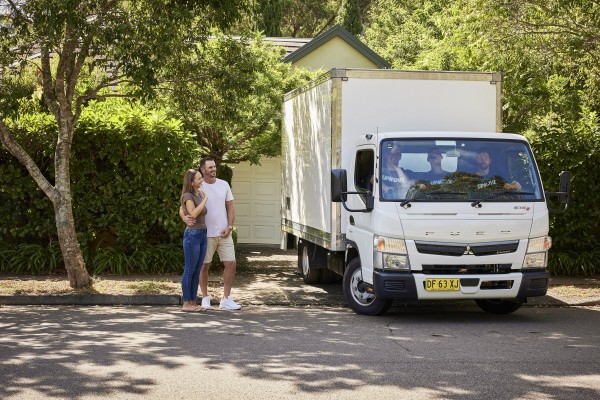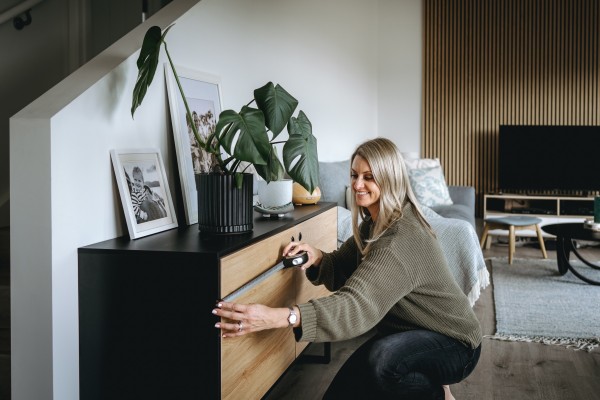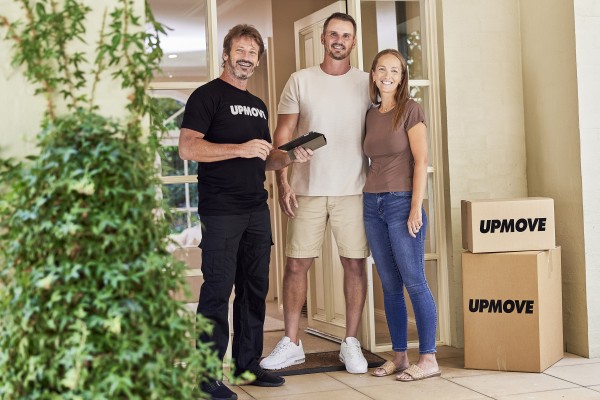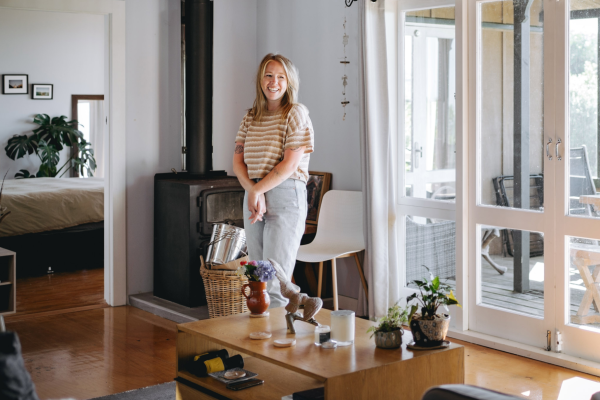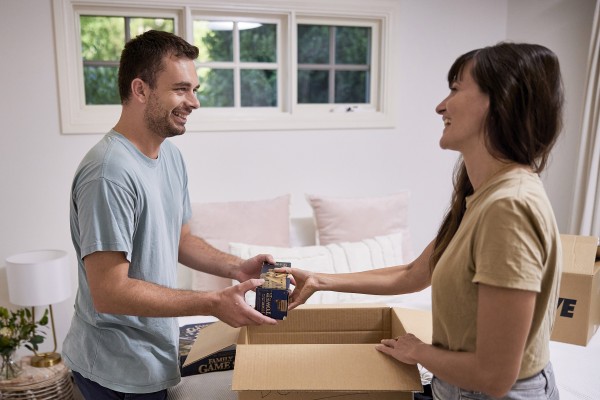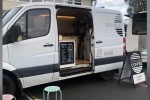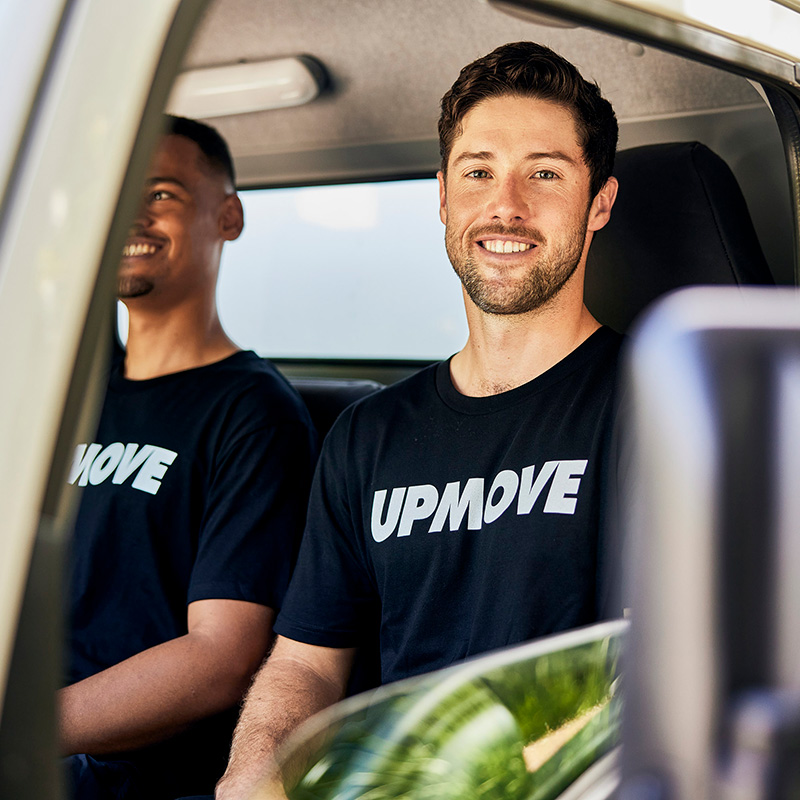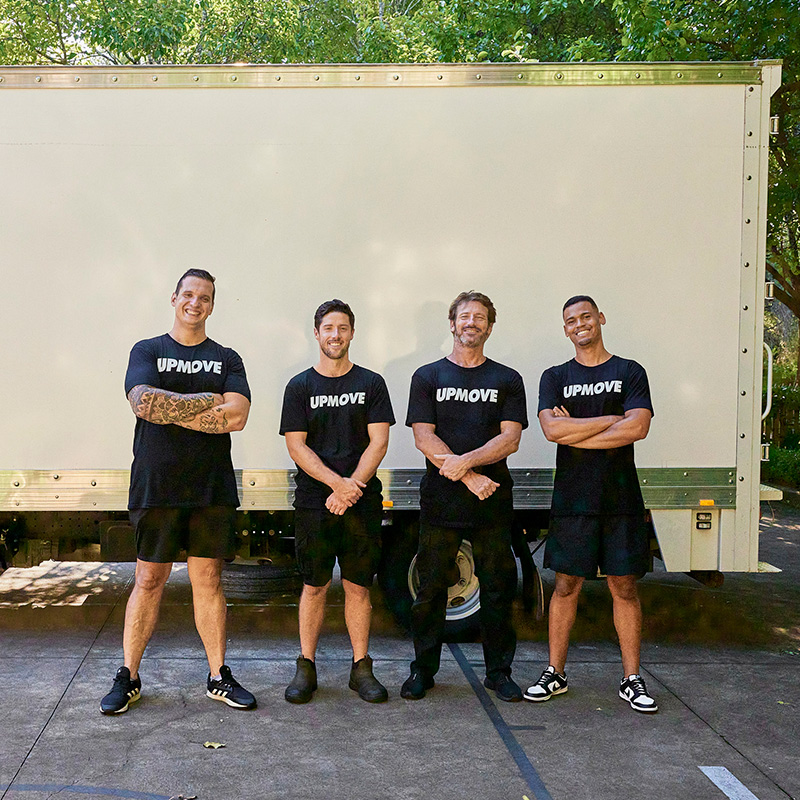Comprehensive technical guide to packing and wrapping for home relocations
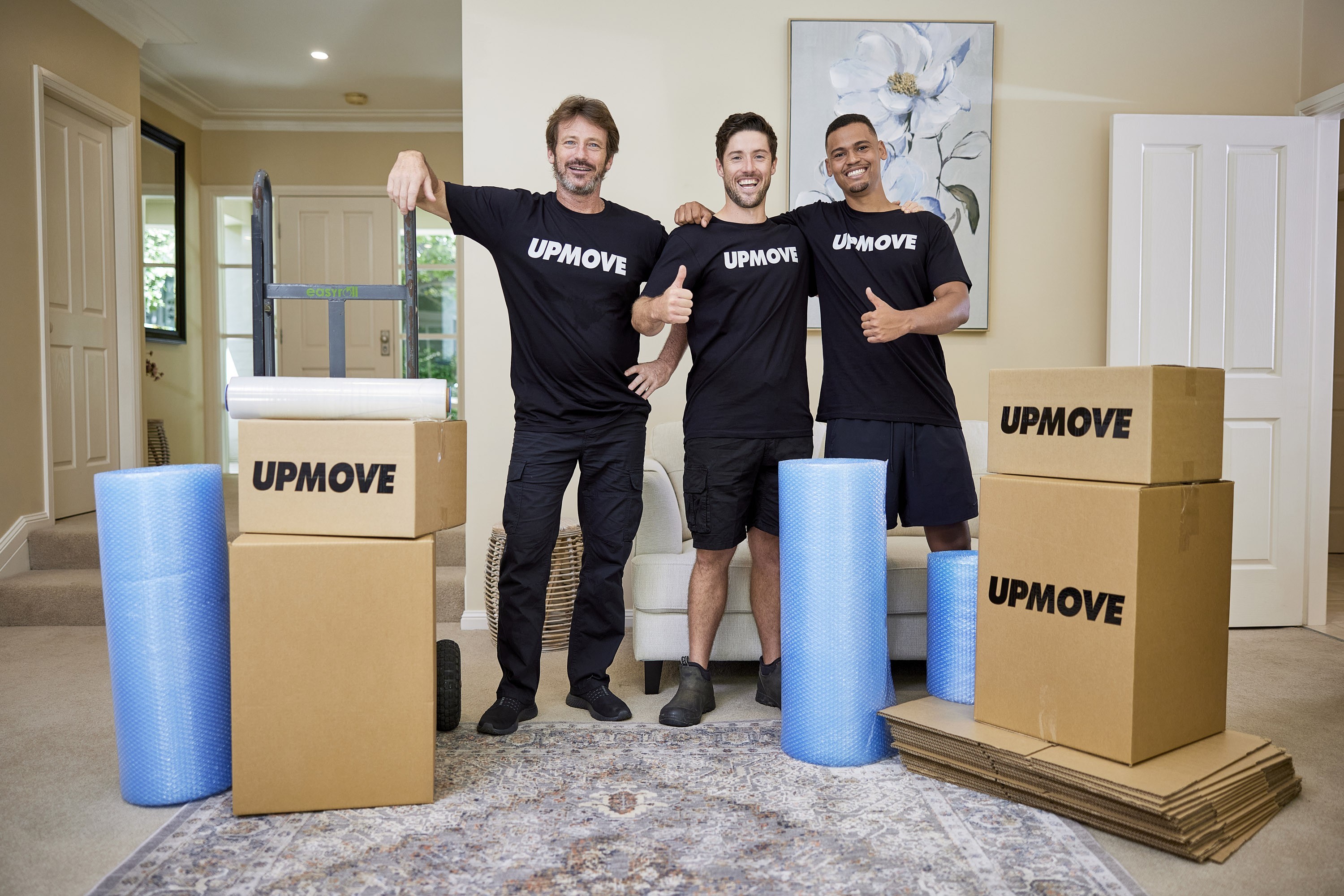
Proper packing and wrapping are critical to successful home relocations, making sure items are well protected and arrive in one piece. Australian removalists apply precise techniques and use materials designed for local conditions, from coastal humidity to dry inland heat. This guide outlines the packing and wrapping practices most commonly used by experienced movers.
Selection of packing materials
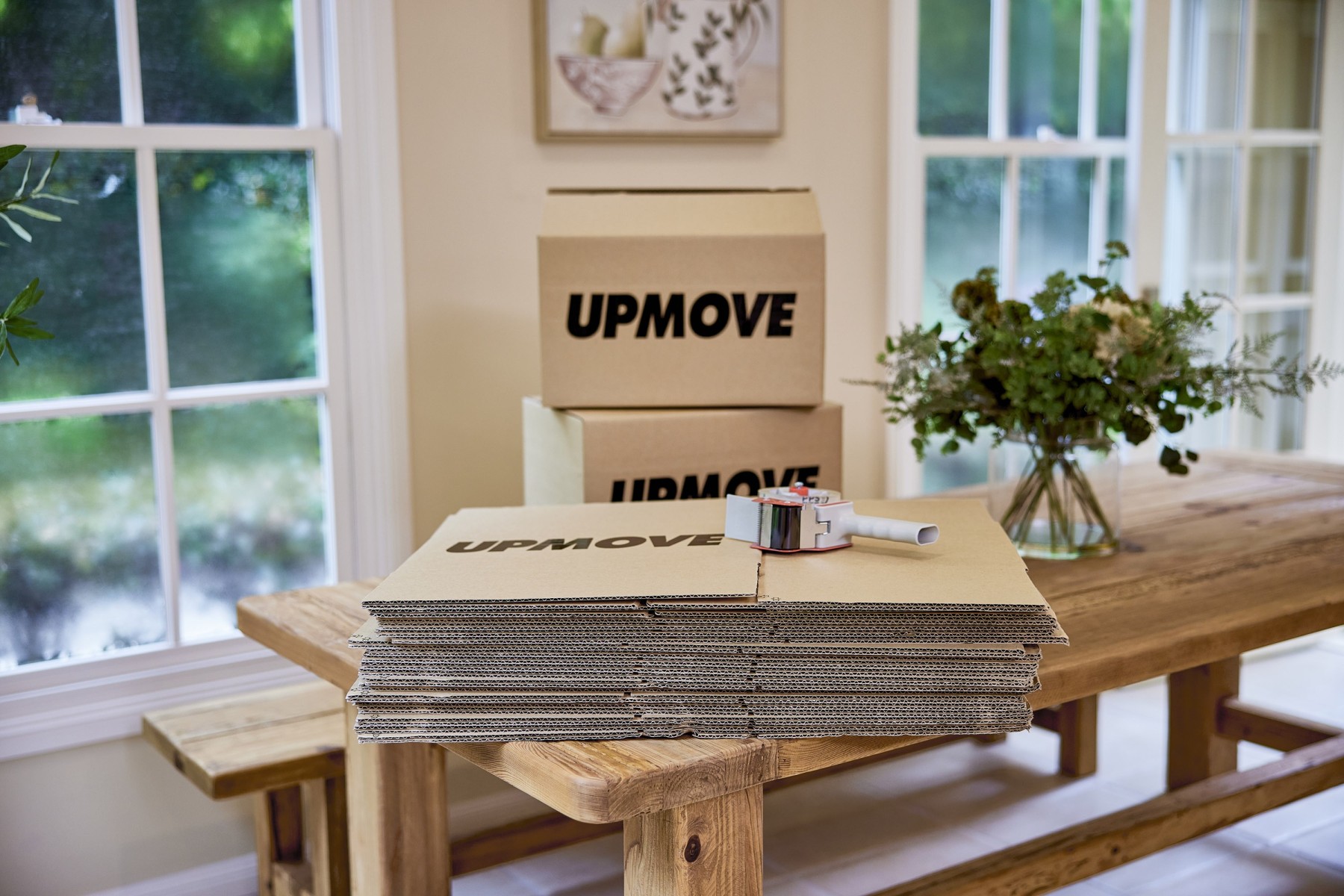
Removalists stick to tough, relliable packing materials: sturdy cardboard boxes, packing paper, bubble wrap, foam padding, specialised containers, and industrial-grade stretch wrap. These materials hold up well in Australia’s heat, humidity, and sudden downpours.
Technical packing procedures for household items
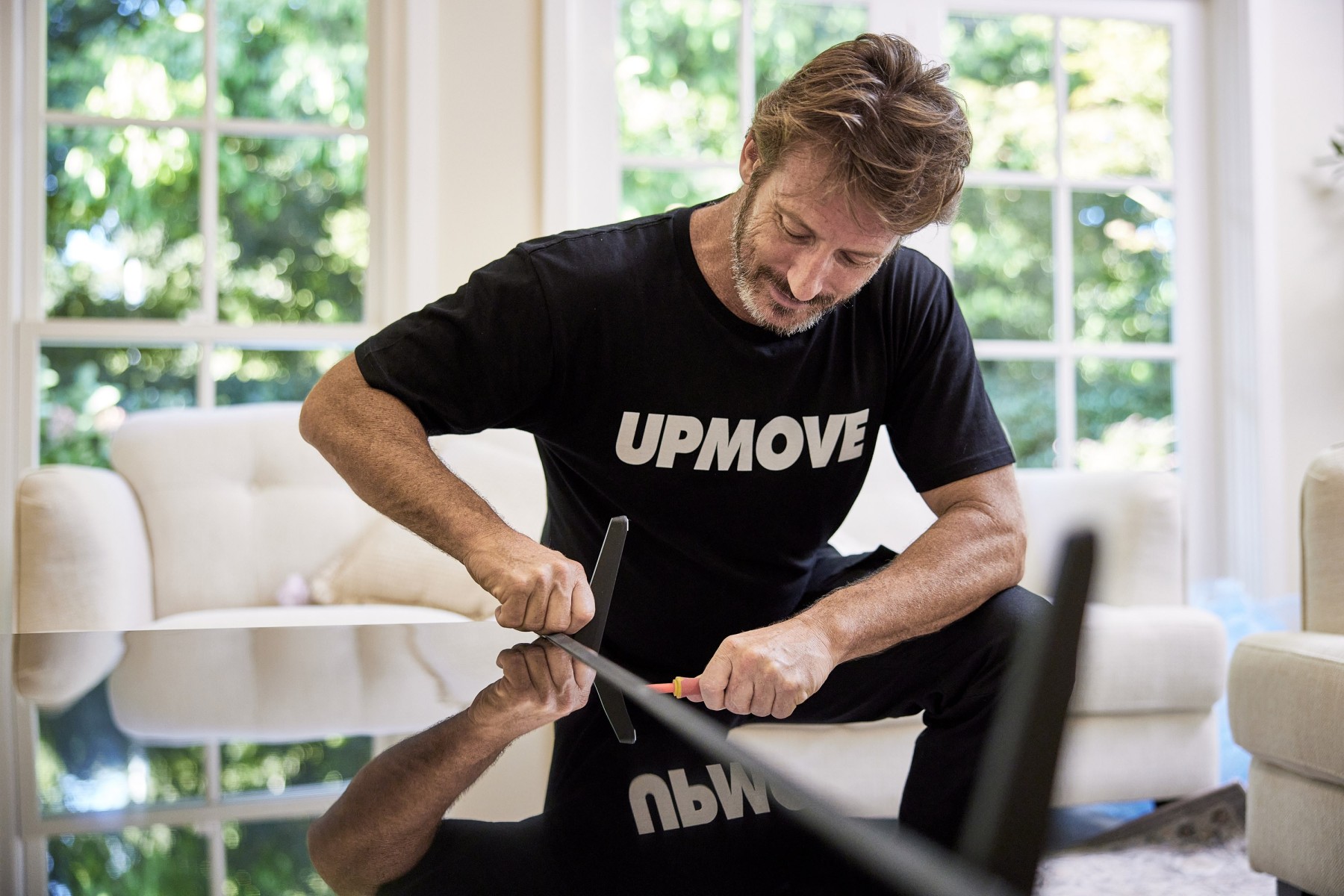
Fragile items
- Glassware and ceramics are individually wrapped using packing paper or bubble wrap.
- Boxes are padded with foam peanuts or additional cushioning to stop movement during transit.
Electronics and appliances
- Devices are disconnected carefully, and cables are labelled and tied up so they don’t get lost.
- Anti-static bubble wrap and purpose-built boxes are used to protect against both static and physical damage.
Furniture packing techniques

Where possible, furniture is disassembled to make it easier to move. Each part is then wrapped securely using moving blankets or stretch wrap. Edges and corners are covered to stop dents, knocks, and scratches when loading or unloading.
Appliance wrapping and preparation
Removalists take extra steps to prepare large appliances:
- Fridges and freezers are emptied, defrosted, and dried to avoid moisture issues.
- Washing machines and dishwashers are fully drained, with hoses taped or tied down.
- Any shelves, trays, or loose parts inside are either removed or secured.
Outdoor equipment packing
Outdoor gear needs a bit more care.
- Petrol-powered tools like lawnmowers must have their fuel tanks emptied and sealed to prevent leaks.
- Garden tools and other bulky items are packed in reinforced boxes or tightly wrapped to prevent damage or injury during transport.
Labelling and organisation
Clear labelling is a must.
- Boxes are marked with contents, handling instructions (e.g. “FRAGILE” or “HEAVY”), and their intended room.
- Colour-coded stickers or tape make it easier to unload and place items where they belong.
- Boxes also carry orientation arrows to show which way is up, helping to avoid accidents or damage during the move.
Handling special items
Some items need a bit more care:
- Artworks and mirrors are bubble-wrapped, placed in fitted cartons, and protected with corner guards.
- Musical instruments, particularly pianos or delicate strings, are packed in custom crates and may require climate-controlled transport depending on the route and conditions.
Compliance and safety measures
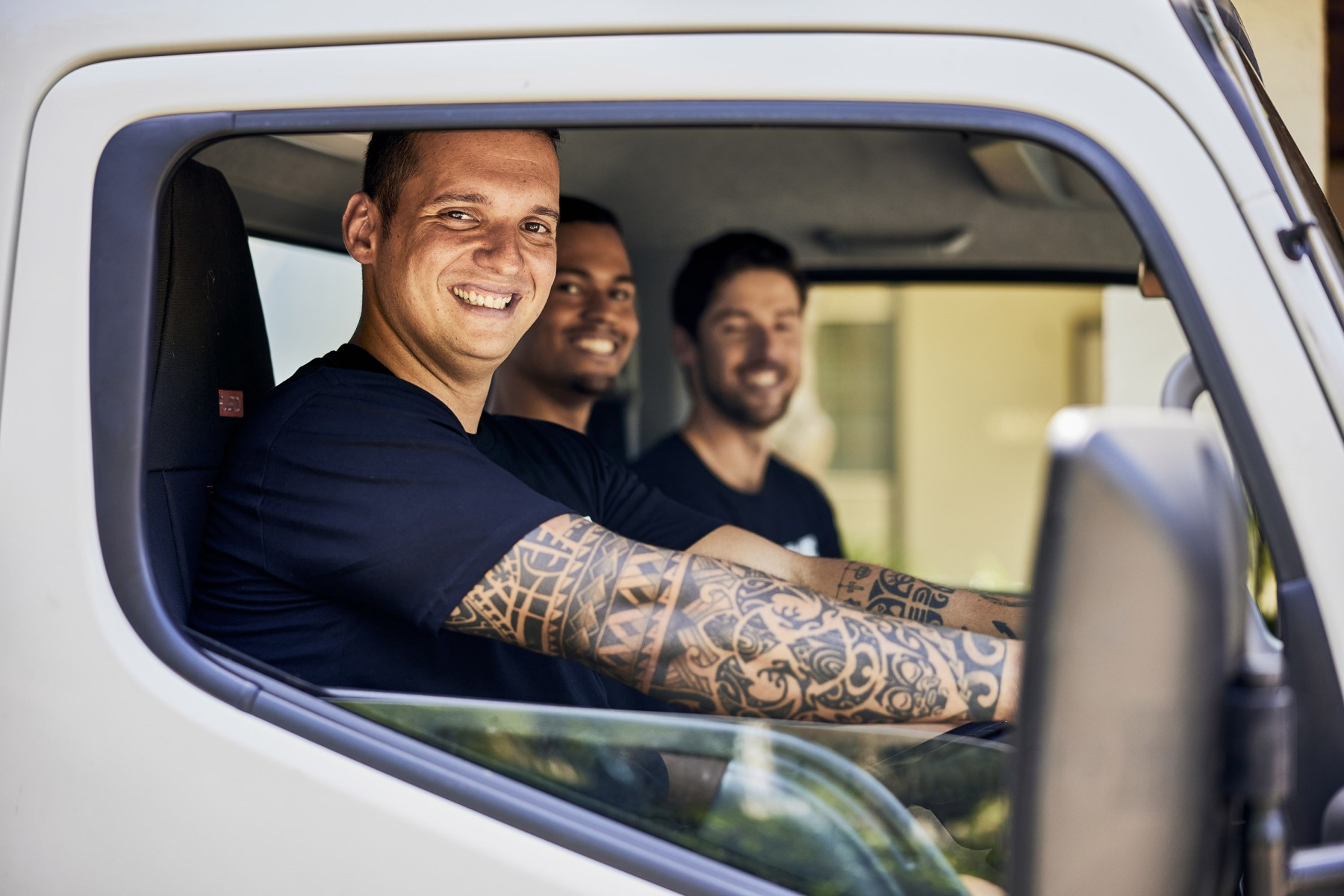
Australian removalists work to national safety standards — sticking to weight limits, lifting properly, and sealing packages properly. This ensures both worker safety and the protection of the customer’s belongings during loading, transport, and unloading.
By using these tried-and-true packing and wrapping techniques, removalists help keep moves smooth and damage-free.
What do our customers say?
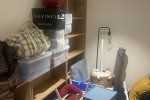

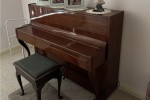
What’s happening?
Please notify us of any violations. This information will be kept confidential and shared only with Upmove.
- It’s inaccurate or incorrect
- If you find it offensive
- It’s something else
